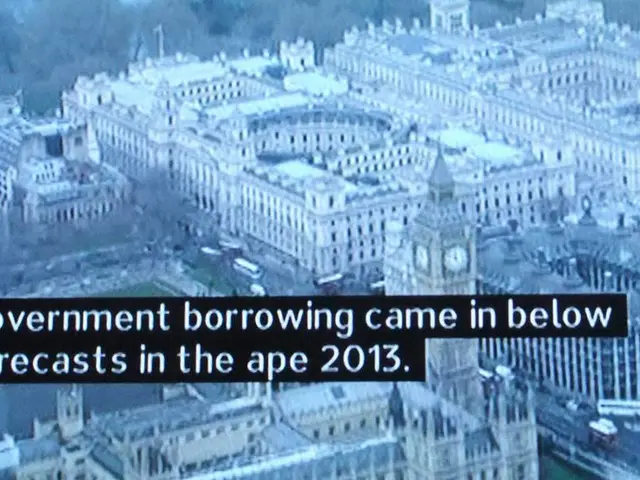International Powers Unite to Combat MHDT Emissions: EU, USA, and China Collaborate on Reducing Pollutants
The world's three economic powerhouses - the European Union (EU), the United States, and China - are setting the pace in the transition to a zero-emission reality. Each has implemented diverse strategies to promote the adoption of Zero-Emission Vehicles (ZEVs), setting benchmarks for other nations.
The USA, for instance, has a $430 billion policy that offers tax credits for new Battery Electric Vehicles (BEVs), providing up to $7,500 for light-duty vehicles. The policy extends to the Heavy Duty Truck sector, offering financial support for ZEVs in this sector as well. The USA is also funding initiatives to build EV charging stations and hydrogen refuelling points in 23 states.
The EU is equally committed to this transition. It aims for a 15% CO2 reduction by 2025 and 30% by 2030 in the ZEV realm. The EU has set ambitious ZEV sales targets, with 11 European countries aiming for 100% ZEV sales for Medium and Heavy Duty Trucks (MHDT) by 2042. The EU has allocated €250 billion for research and development (R&D) in ZEV technology, with an additional €40 billion expected from the Horizon Europe R&D program.
China's strategies for ZEV adoption signify a significant commitment to combating climate change. China operated a phased subsidy approach for New Energy Vehicles (NEVs) until 2022. The country has set ZEV credit targets for manufacturers, demonstrating a commitment to green manufacturing. Moreover, a four-year pilot program focusing on fuel cell EVs has been approved in certain Chinese cities.
The EU, USA, and China are not only investing in the adoption of ZEVs but also in their research and development. The German government, for example, approved a four-year pilot program for research and development of fuel cell electric vehicles in 2023.
Austria and Germany are also offering incentives for ZEV adoption. Austria offers up to 80% off the price tag for ZEVs, and Germany reduces road tolls for ZEVs in the EU.
The combined momentum of these three global leaders is likely to propel the global community closer to a zero-emission vehicular future. However, there is uncertainty about specific ZEV policies beyond 2023 in the USA.
In conclusion, the EU, USA, and China are collectively driving the global shift towards a sustainable vehicular future, setting benchmarks for other nations to follow. Their diverse strategies in adopting and promoting ZEVs, coupled with investments in R&D, are pushing the world towards a greener, more sustainable future.
Read also:
- Federal petition from CEI seeking federal intervention against state climate disclosure laws, alleging these laws negatively impact interstate commerce and surpass constitutional boundaries.
- President von der Leyen's address at the Fourth Renewable Hydrogen Summit, delivered remotely
- Unveiling Innovation in Propulsion: A Deep Dive into the Advantages and Obstacles of Magnetic Engines
- Intensified farm machinery emissions posing challenges to China's net-zero targets








